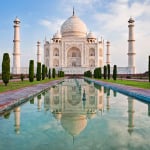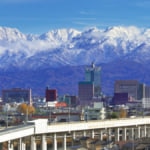Name: Potala Palace
Address: 35 Beijing Middle Rd, Chengguan District, Lhasa, Tibet Autonomous Region, People's Republic of China 850000
Official/Related Website URL: http://whc.unesco.org/en/list/707
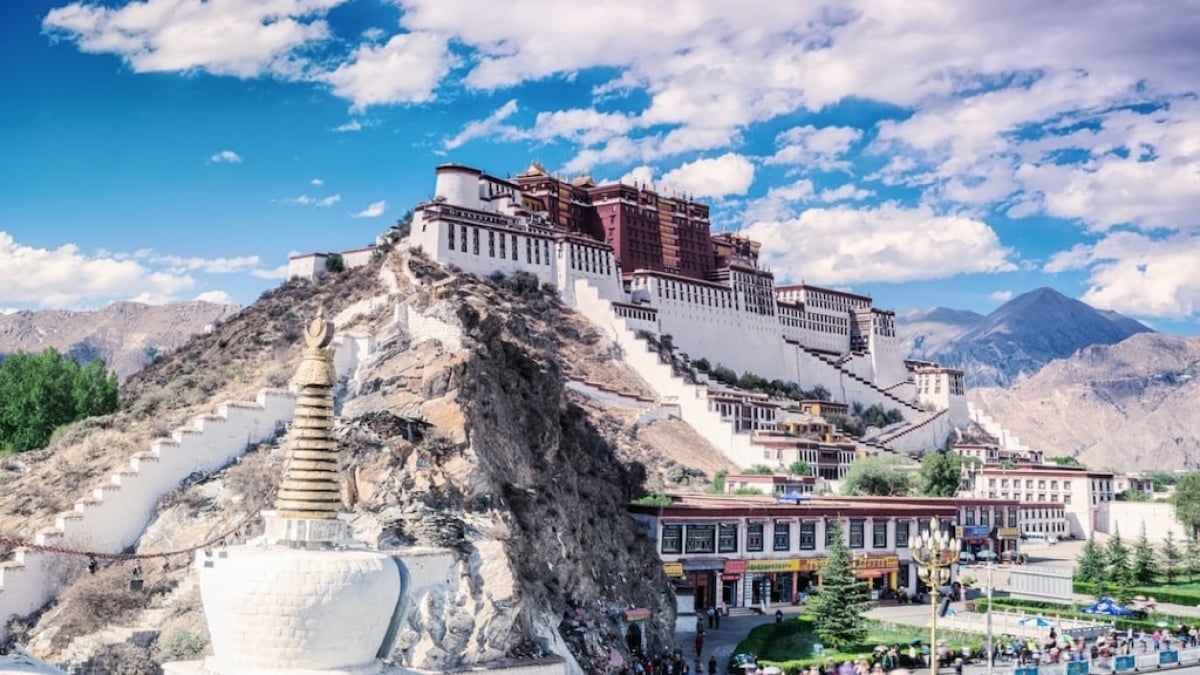
4 Must-See Tourist Attractions in Lhasa, the Center of Tibetan Culture! Experience Tibetan Buddhism
Lhasa is now considered part of China and serves as the capital of the Tibet Autonomous Region. However, it has long been the political, cultural, and religious heart of the Tibetan cultural sphere, flourishing as a capital city since ancient times. Lhasa sits at an elevation of around 3,700 meters. Moreover, over 80% of the population is Tibetan, and traditional Tibetan Buddhist culture is deeply preserved.
At the root of Tibetan culture is Buddhism. Yet the unique Tibetan culture—shaped by the high-altitude environment—remains stimulating and distinctive in every aspect. Lhasa is a city that everyone should visit. Let’s begin by explaining how to get to Lhasa!
table of contents
[x] close
4 Must-See Tourist Attractions in Lhasa, the Center of Tibetan Culture! Experience Tibetan Buddhism
♦ How to Get to Lhasa – The Sacred and Central City of Tibet
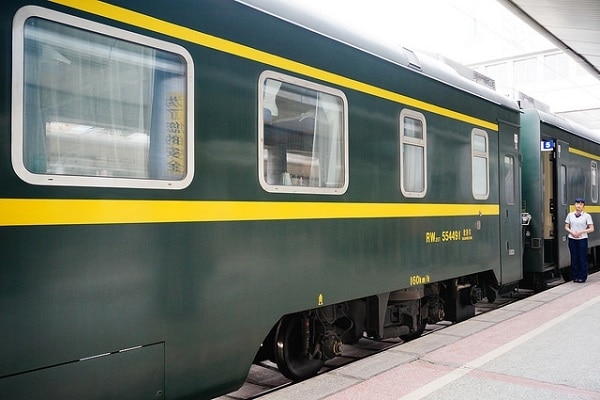
Access to the Tibet Autonomous Region is limited to essentially three methods:
1) By Air from Chengdu
Although flights to Lhasa are available from major cities throughout China, almost all routes connect via Chengdu, the capital of Sichuan Province.
2) By Bus or Train from Xining or Korumdo
Both Xining and Korumdo are cities in Qinghai Province. Buses and trains to Lhasa depart from these cities, though the journey takes an entire night. This route is recommended for those with ample time, but it’s a wonderful way to enjoy the expansive Tibetan landscape from your window.
3) By Air from Kathmandu
Flights to Lhasa are also available from Kathmandu, the capital of Nepal. However, this route involves a significant detour and higher costs, making it suitable only for those combining their trip with a visit to Nepal or who have plenty of time.
♦ When Is the Best Season to Visit Lhasa?
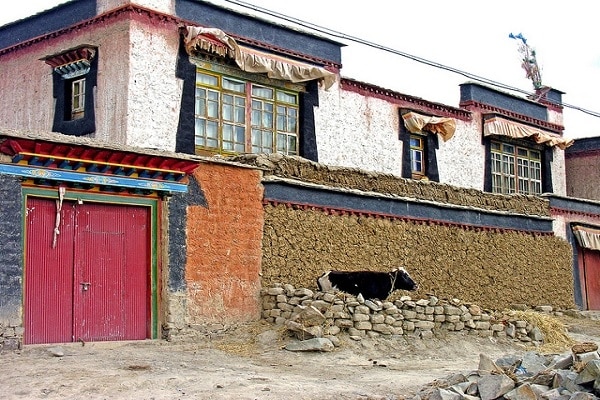
Since Tibet generally lies above 3,000 meters, the temperature difference between day and night is extreme and the air is very dry throughout the year. Adapting to these variations can be challenging, and even if you feel cold, you might still get sunburned, leading to sensations unlike those at home.
That said, Lhasa is a large city with well-developed infrastructure and buildings, so sightseeing is quite manageable even in winter. In fact, winter is considered the pilgrimage season in Tibet—many Tibetans flock to the religious centers such as the Potala Palace and Jokhang. This is an excellent season to truly experience Tibetan culture.
While summer may be crowded with tourists, winter offers a more authentic atmosphere, provided you dress warmly and prepare for the dryness (keeping throat lozenges or gargle solutions handy is a good idea).
1. Potala Palace

The most famous tourist attraction in Lhasa is, undoubtedly, the Potala Palace.
term “Potala” means “the abode of Avalokiteshvara (Guanyin),” and the palace was built as the residence of the Dalai Lama, believed to be a reincarnation of Avalokiteshvara.
Constructed around the time of the 5th Dalai Lama in the 17th century, the palace served as the political and religious center of Tibet for about 250 years until the 14th Dalai Lama went into exile in India due to Tibetan unrest. It was inscribed as a World Heritage Site in 1994.
Perched atop a hill overlooking Lhasa, the Potala Palace can be seen from within the city once the surrounding buildings drop away. With dimensions of 370 meters from east to west and a height of 110 meters, the palace is vast and intricate—its internal layout so complex that one could easily get lost without a guided route.
Inside, many areas are lit only by traditional butter lamps, and amidst the dim light, vividly colored murals and uniquely alluring Buddhist statues inspire a profound sense of awe. At night, the palace is illuminated, creating a magical spectacle unlike any other.
2. Jokhang (Trulnan Temple)

Alongside the Potala Palace, Jokhang is another central focal point of Lhasa. Although its official name is Trulnan Temple, it is commonly referred to as Jokhang. Its Chinese name is Da Zhao Si.
Jokhang’s history is even older than that of the Potala Palace, having been established in the 7th century. Regarded as the most sacred temple in Tibetan Buddhism, both the building adorned with gold leaf and the enshrined Buddhist statues are breathtakingly magnificent, making Jokhang a key highlight of Lhasa.
This temple remains an active site of prayer, where you can observe Tibetans deeply engaged in their spiritual practices. Inside, you’ll see pilgrims praying, and numerous prayer wheels are being spun—believed to have the same effect as reciting sutras. You might also notice local artisans crafting Tibetan thangkas (embroidered religious scrolls).
Tibetans, with their deep-rooted Buddhist faith, welcome visitors warmly—even in this solemn place. While maintaining respectful decorum, try to get as close as possible to absorb the profound spirituality that fills the temple.
Name: Jokhang (Trulnan Temple)
Address: Park Circus Area, CIT Rd, Lhasa
Official/Related Website URL: http://www.arachina.com/lhasa/attraction/da-zhao-si.htm
3. Balcor (Octagonal Street)
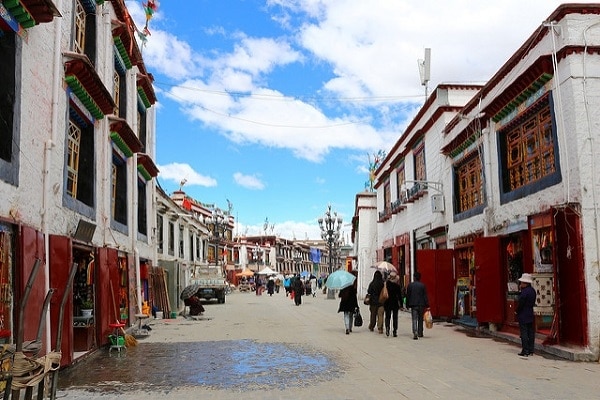
Encircling Jokhang is a pilgrimage route known as Balcor (or “Octagonal Street”). Before paying their respects at Jokhang, pilgrims walk around Balcor. In Tibetan Buddhist tradition, one must always keep their right shoulder facing the sacred, so all pilgrims walk in the same direction, creating the striking scene of a procession encircling the temple.
Pilgrims from various parts of Tibet, dressed in regional costumes, add vibrant color to the scene, making it a fascinating spectacle to behold.
Occasionally, you may see pilgrims performing prostrations—placing both hands, both feet, and their foreheads on the ground as a sign of reverence. It is said that with every time they rise from the ground, they advance only as much as their own height. Some pilgrims travel hundreds of kilometers from their home villages by this humble pace.
The area around Balcor is lined with souvenir shops. Despite the mingling of the sacred and the mundane, a solemn atmosphere prevails—a truly unique destination.
Name: Balcor (Octagonal Street)
Official/Related Website URL: http://www.arachina.com/lhasa/attraction/ba-jiao-jie.htm
4. Sera Monastery
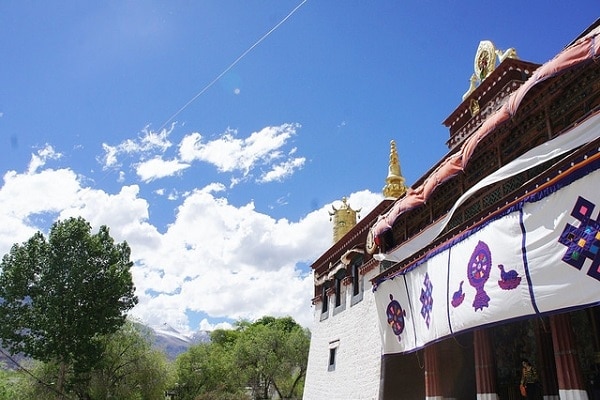
After exploring Potala Palace, Jokhang, and Balcor in the center of Lhasa, be sure to visit Sera Monastery.
Sera Monastery is the highest institute of Tibetan Buddhism, where many monks train rigorously. While the temple itself is impressive, the most fascinating aspect is the courtyard. Here, numerous young monks pair up, chanting loudly and clapping their hands in a ritual Buddhist debate.
Of course, they converse in Tibetan, so most of us tourists might not understand, but the earnest yet playful atmosphere is infectious. The debates—both amusing and profoundly serious—make this a truly unique attraction.
Name: Sera Monastery
Address: Sera Monastery, Selsar Zhong Road, Chengguan District, Lhasa, Tibet Autonomous Region, People’s Republic of China
Official/Related Website URL: http://www.arachina.com/attrations/tibet/dq/lasa/sls/
◎ Summary
Have the charms of Lhasa’s tourist attractions come through? For more Tibetan travel information, please refer to additional resources.
Lhasa is the political and cultural heart of Tibet—a perfect destination for immersing yourself in Tibetan Buddhist culture. Even if you’re not well-versed in Tibetan Buddhism, a visit to Lhasa will leave you with a sense of spiritual renewal and wonder, a feeling unlike any other.
Spread across the vast western lands of China, Lhasa is a city where the harsh natural environment and the resilience of its people have given rise to a unique culture. Enjoy a truly spiritual experience that you can only find here.
RELATED ARTICLES
REGIONS
CATEGORIES
FEATURED ON Guide
-
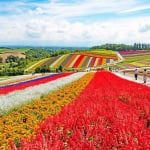
Where will you go for the summer vacation? Introducing recommended spots for domestic travel
-
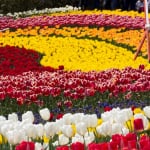
Kaizu City’s Recommended 7 Tourist Spots. Enjoy the Culture and History Nurtured by Wajū!
-
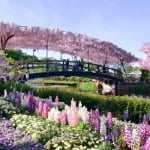
What Makes Ashikaga Flower Park So Special? A Treasure Trove of Photo-Worthy Spots!
-
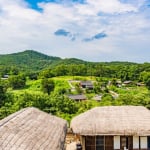
600 Years of Radiant Tradition: Korea’s Historic Villages of Hahoe and Yangdong
-

Two-Colored Seas and a Pink Beach! 4 Must-Visit Spots in North Eleuthera
MOST POPULAR ON Guide
-
 1
1Doha: Must-see Attractions in the Capital of Qatar
-
 2
2Toronto: 10 Things to do in this Picturesque Canadian City
-
 3
3Amarillo: A City Famous for It’s Amazing Canyons, Great History and Music
-
 4
4South Korea: Dazzling Scenery, Rich Culture and Fascinating History
-
 5
5Kuwait: A Country in Middle East Asia Famous for Hot Sand Dunes and Stunning Cityscape


